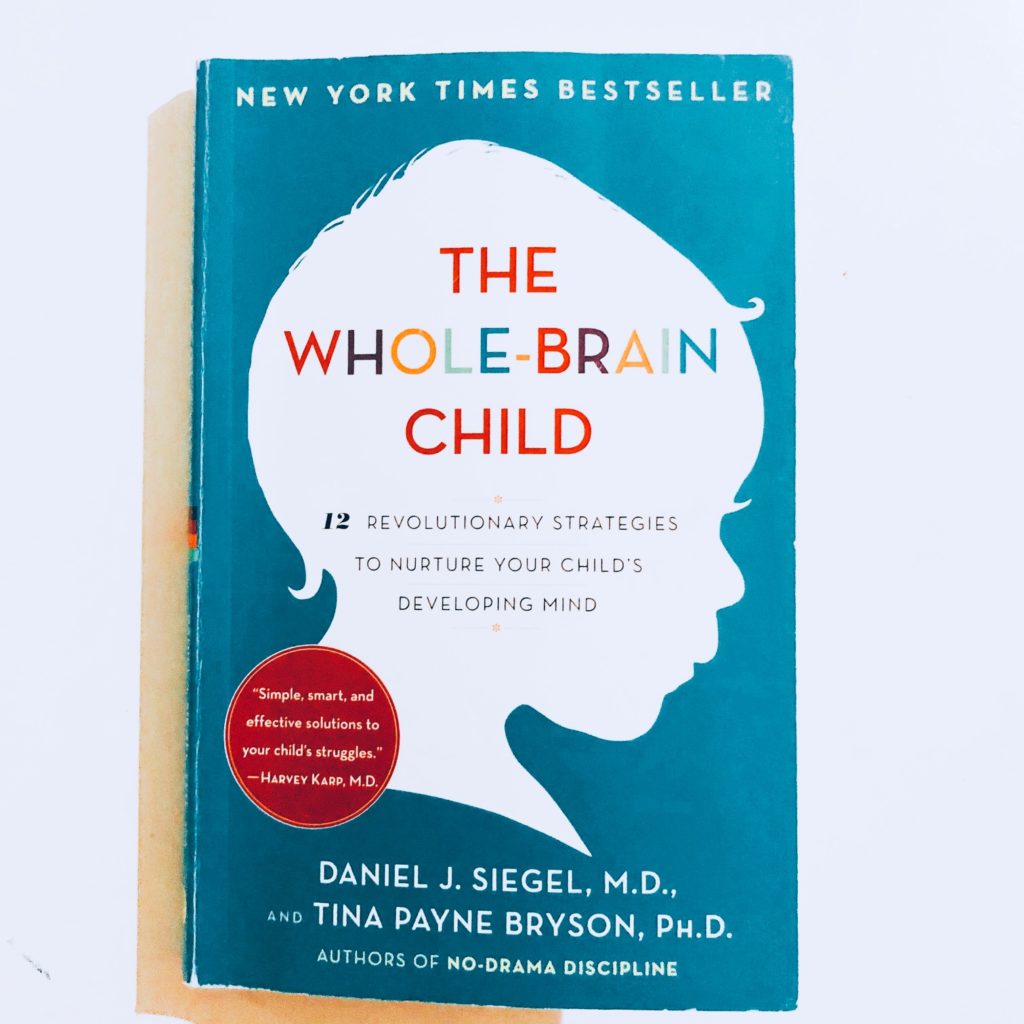Have you ever gone to bed wondering if you could have handled an emotionally charged situation with your child differently? If the answer is yes, then pick up a copy of “The whole-brain child” and read it. It is one of the best parenting books you can read. It helps you understand how your child’s brain functions and why they react to situations in certain ways. The book also gives you 12 strategies that you can use to help your child navigate from their irrational state of mind to logic and reasoning. In doing this, they can develop emotional awareness and healthy brain development.
I work very hard at parenting. I give myself a hard time after I retrospect on the good and the bad. I go to bed, reminding myself that I need to practice more patience, show more affection, and enjoy every moment. These are important reminders because, in the day-to-day grind, we go from one thing to another and forget to make instant memory stamps in our kids’ brains. But I also deal with emotionally charged children, and if you have them, you understand.
To be honest, I would rather have kids who cared enough to be upset over things versus having a child with no emotion over any grief. But then I also have the task to teach my children to discern their emotions and understand what it does to them. I need to help them move from one emotion to another, use the feeling to overcome their problem, and empathize with others. In doing this, they will gain an awareness that will guide their thought and behavior. This is called emotional intelligence.
If I do not teach my children these things, they will grow up to be adults who lack emotion where there should be one and cannot empathize with others when they need to. And we have all come across these people in our lives. When you are aware of your own emotions and those around you, you can establish deep and healthy relationships. Think about your own emotions. If you find your family desensitized to your needs, you feel like you live in a vacuum with no outlet and no deep connections.
Needless to say, this principle applies to how we parent. If we cannot emotionally connect with our children in their time of distress, we miss the opportunity to create a sense of connection in the parent-child relationship. We also miss a chance to help them understand why they feel a certain way and how they can move from that state to another.
Many of us already know that our right brain drives emotion, and our left brain provides logic. Most young children operate in the right brain. They are bursting with anger, fear, sadness, or grief and cannot snap out of it. To help them connect to their left brain, parents need to communicate with their child’s right brain first. This is called empathizing. Once you have acknowledged their emotions, you can walk them over to their logical left brain. When all the parts of the brain start to work together, this is called integration. Having an integrated state of mind teaches your child to be in control and rationalize what is happening. This book encourages you to teach your child how their brain functions, which is very empowering.
Parents should define their jobs as managing the emotions of little ones. Once we acknowledge this, we will better equip ourselves to resolve our child’s state of mind versus the situation at hand. In the below examples, the parent is focused on solving the problem without paying attention to the brain activity.
Example 1: Your kid cries because he wants a snack when it is close to lunchtime. You are then trying to figure out how to tame his meltdown.
Example 2: Your child cries because he/she is struggling with a school assignment. You are annoyed that tears are being shed over this matter. Example 3: One sibling hit the other and is undeterred that his sibling is crying. You are unhappy that your child is not feeling remorse over his sibling’s grief.
The strategies in this book will change how you respond to these circumstances and help you become aware of the part of the brain that causes the behaviors.
I find myself pausing to reexamine my approach after reading this book. And every time I connect with my child at an emotional level, I experience peaceful parenting. And if this blog did not convince you to parent differently, pick up the book and read it.



